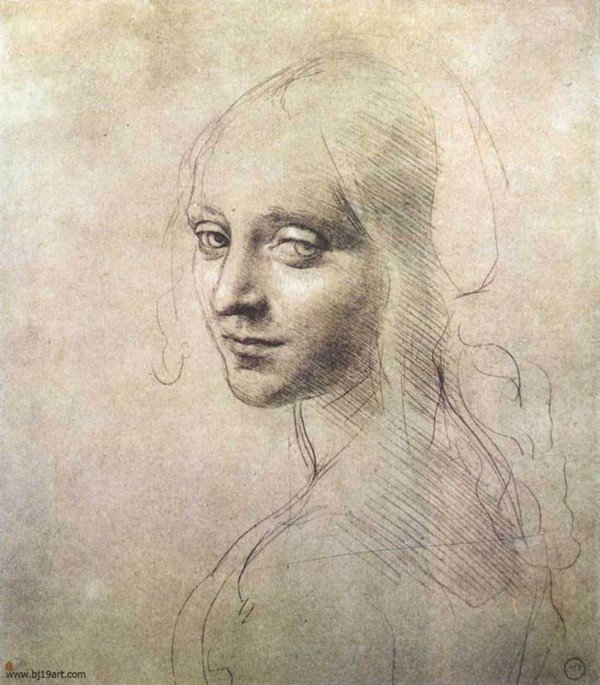The advent of memes would parallel the evolution of "trust organs", used to guide and regulate how memes spread, with the human face as such an organ. The long-hair type as a mutation 60,000 years ago filled an ecological niche within the "ecology of memes", a frame for the human face, a backdrop that increased contrast. The nasal bone, adding contrast as well.

The one-way function hypothesis, proposed in the 1950s by John Nash, Kurt Gödel, and so on, is a technological equivalent of a "trust organ", and is not bound by the memory limitations of human facial cognition (dunbar´s number), and could enable trustless organization.
nice picture and information too
Downvoting a post can decrease pending rewards and make it less visible. Common reasons:
Submit
that's really great to know thanks for sharing
Downvoting a post can decrease pending rewards and make it less visible. Common reasons:
Submit